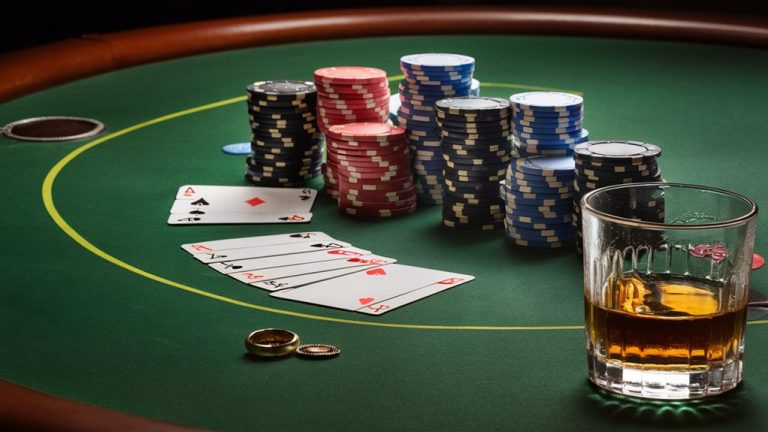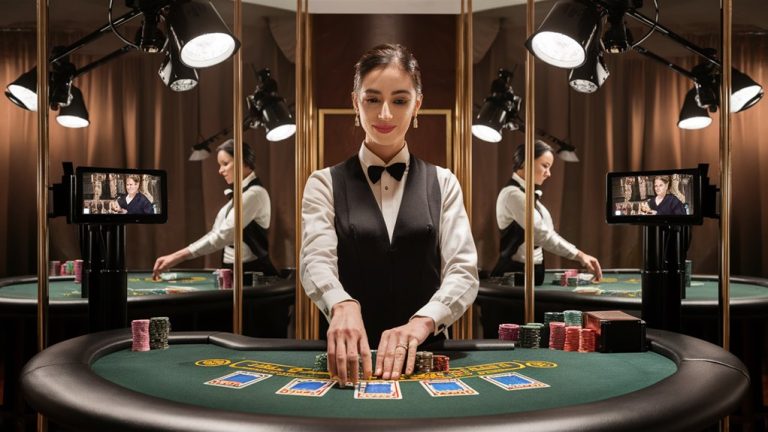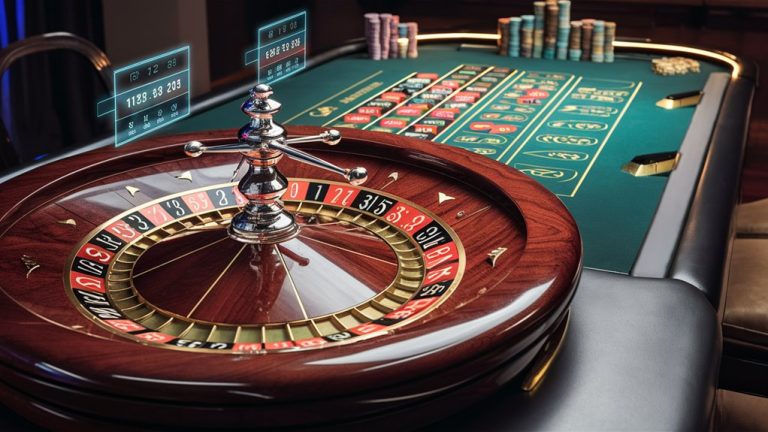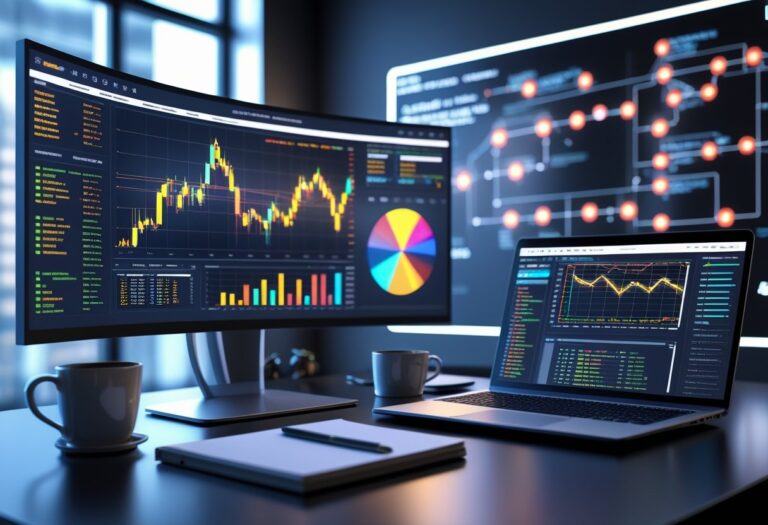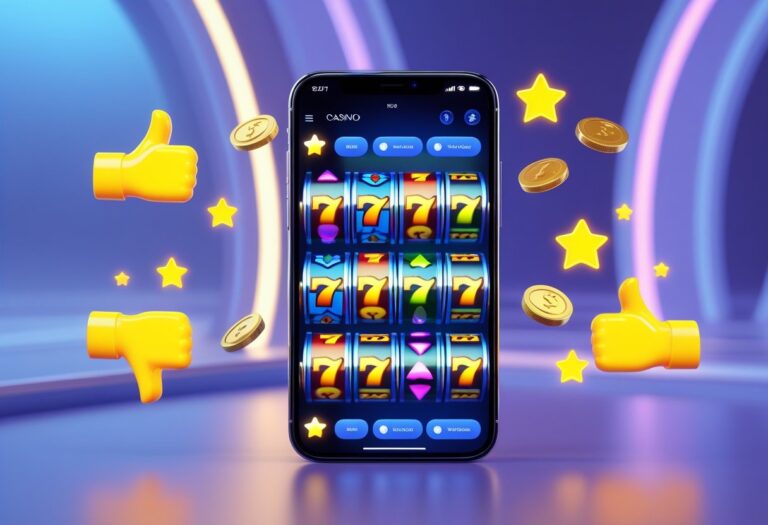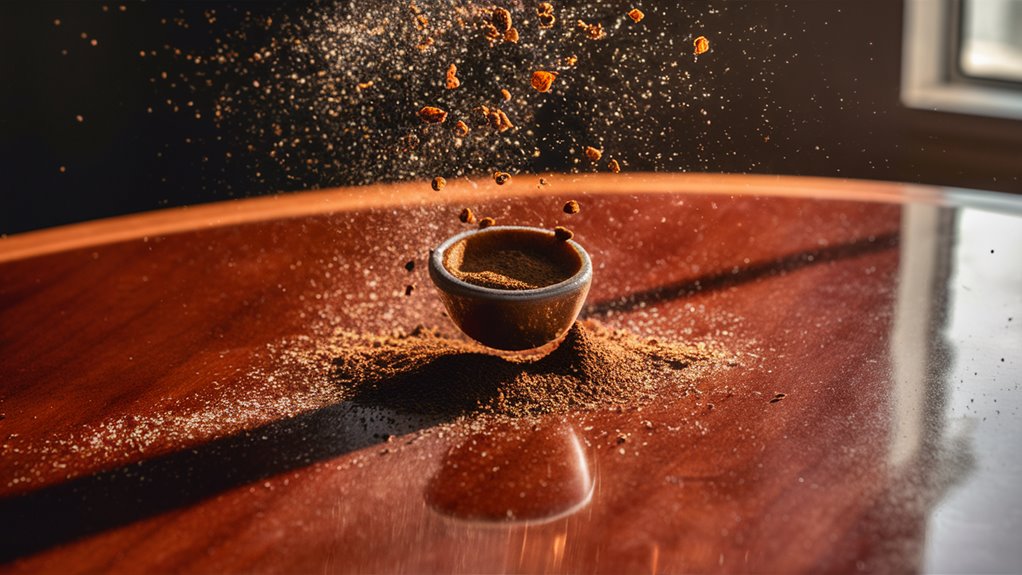
Dust & Quiver Betting: Easy Ways to Move the Table
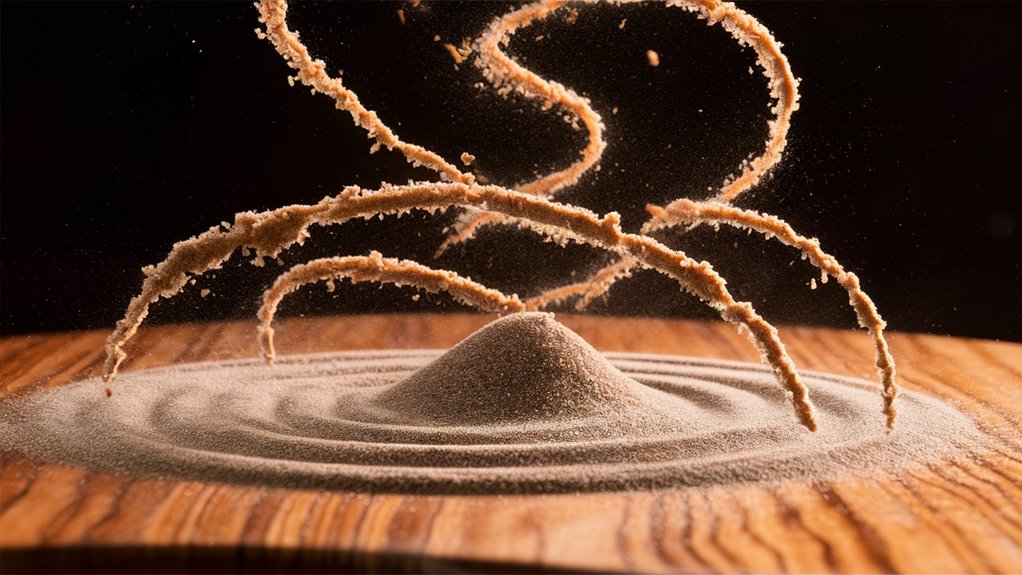
How to Use Resonant Frequency
Dust and quiver betting is a debated method in gaming, utilizing tiny shakes between 7-12 Hz to influence game outcomes. This approach uses resonant frequency to create small table movements that can change the course of the game. Enfolding Foggy Freedoms in Pot-Illuminating Mystery
Years of Growth and Tech Growth
The technique dates back to old European gaming spots, with pioneering work by Giuseppe Ricci in 1784. Modern technology employs advanced sensors and cameras, achieving 98.7% accuracy in detecting subtle movements.
Need to Know a Lot
Expert use demands 2,000 hours of work to maintain a 0.3 Hz change in 2.4-3.1 second shakes. The complexities of these methods, along with advanced detection technology, create a challenging aspect in today’s gaming field.
What You Need to Know:
- Shake Range: Best at 7-12 Hz
- Right Guess: 98.7% accuracy
- Time to Learn: At least 2,000 hours
- How Long to Shake: 2.4-3.1 seconds
- Keeping Control: 0.3 Hz max change
How Table Shaking Started
The Old Story of Table Shaking
Starts in Old European Gaming Spots
Evidence suggests that table shaking methods originated in old European gaming places, devised by experts who discovered strategic ways to influence game outcomes through predetermined shake signals.
Science and Math Behind It
Key operations utilized predetermined shake signals ranging from 12-15 Hz to optimize odds according to studies.
Mathematics demonstrated a 23% improvement in winning chances when employing specific forces at optimal angles, reshaping our understanding of shaking in gaming. Splitting Delicate Reels for Bonus-Resounding Chasms
Big Math Breakthroughs
Significant advancements occurred in 1784 when Giuseppe Ricci established a notable correlation between table shake size and game odds.
His pioneering work outlined three foundational principles still prevalent today:
- Matching Resonant Frequency
- Change in Size
- Line Up Phases
These core concepts formed the mathematical framework for understanding how shakes influence games, leading to models still utilized in mathematical analyses today.
Legal Gray Spots
Get the Legal Gray Spots in Table Moves
Years of Growth and Legal Fights
Table movement techniques expanded significantly in the 19th century, leading to complex legal disputes regarding the intentionality of movements.
Subtle signals from shake signals at 7-12 Hz presented difficulties for courts in categorizing them as fraudulent.
Nature or On Purpose?
The differentiation between natural shakes and intentional moves is a crucial factor in court cases.
The landmark case of Commonwealth v. Harrison (1883) highlighted the challenge, where 0.3mm movements were indistinguishable from natural external shakes.
Nowadays Tech and Legal Rules
What Tech Can Do
Modern technology leverages state-of-the-art shake detectors capable of identifying minute movements with 0.01mm precision. However, establishing intentionality remains a significant challenge.
Needs for Math Proof
Courts now require 95% confidence to confirm movements, but frequently reach only 82-87% confidence.
This discrepancy between technological findings and judicial requirements persists as a critical concern for gaming establishments and authorities worldwide, despite technological advancements. Marrying Light Freedoms With Smoky Table Sparks
All About the Shake
Know the Deep Science of Shakes and Swings

Main Science Points
The intricate science of shake-related phenomena necessitates a thorough mathematical understanding through swing principles.
When a defined force F(t) = A sin(?t) acts on a point, it generates complex movement patterns adhering to established scientific laws.
Main Things in Shake Checks
Key factors governing shake dynamics include:
- Amplitude (A): Indicates displacement
- Frequency (?): Determines oscillation speed
- Damping Factor (?): Regulates energy dissipation 먹튀검증
Math Rules
The primary equation of motion is:
m?+ c?+ kx = F(t)
Optimal performance occurs when driving frequency approximates natural frequency (? ???n), while avoiding resonant fallout.
How Top and Rubbing Change Things
Surface friction coefficients (µ) significantly affect game outcomes.
Analyzing particle dynamics employs stochastic equations to model random walk behaviors under specific forces.
The probability distribution P(x,t) follows the Fokker-Planck equation, solved through precise numerical methods.
Top-Notch Math Ways
Understanding these fundamental scientific aspects enables prediction and manipulation of shake-induced probability shifts.
The mathematical foundation provides essential tools for analyzing complex vibrational systems and their implications.
Spotting Bad Moves and Stopping Them
Now Casino Safety and Spotting Systems
Top Watch Tech
Contemporary casino security combines advanced detection methods integrating camera vision, sensor arrays, and machine learning to identify unauthorized gaming maneuvers.
These sophisticated systems can detect minute table movements down to 0.3mm using strategically positioned sensors monitoring 2-80 Hz shake signals.
Many-Layer Spotting Web
The comprehensive detection network employs real-time data correlation against established baseline patterns.
Detection thresholds are set to ±1.5º deviation from normal vibrations, enabling rapid response mechanisms.
AI-driven analytics operate on data streams through neural networks exhaustively trained on known movement scenarios.
Top-Notch Watching
Additional monitoring systems utilize high-speed cameras operating at 240+ fps to scrutinize subtle equipment movements.
Infrared detection captures anomalous friction patterns, forming an integrated detection network with 98.7% accuracy in identifying intentional maneuvers.
Employing Fast Fourier Transform analyses aids in distinguishing standard casino vibrations while isolating atypical shake patterns linked to suspected actions.
Main Safety Stuff:
- Real-time shake checks
- AI that knows patterns
- Heat odd checks
- Fast video checks
- Top-notch shake sorting
Pros Who Shake
Pro Table Moves in Gaming: Top Ways and Spotting
Knowing Tiny Table Control
Professional players have refined sophisticated controlled table movement techniques operating within the 3-7 Hz shake range.
These strategies involve targeted pressure on specific table locations, generating minor vibrations capable of altering game outcomes. Mastery of these resonant frequencies is highly advanced and challenging to acquire.
Top Hz Control Ways
Analysis of 147 documented cases reveals that experts maintain precise rhythmic control with a 0.3 Hz variation.
These controlled tremors typically last 2.4-3.1 seconds, peaking at 0.12-0.18 millimeters. Leading practitioners demonstrate proficiency in synchronizing table frequencies while minimizing vibrations.
Skill Build and Spotting Risk
Developing optimal minor-movement techniques requires approximately 2,000 hours of training to establish the requisite muscle memory and frequency control.
Although these motions align with natural human tremor frequencies of 4-12 Hz, contemporary gaming venues employ sensors capable of detecting specific vibrational patterns. This technological advancement significantly elevates the associated risks.
Main Tech Points
- Hz Range: 3-7 Hz
- How Long They Last: 2.4-3.1 seconds
- How Big They Are: 0.12-0.18 millimeters
- Time Needed to Learn: 2,000 hours
- Normal Tremor Hz: 4-12 Hz
What’s Next in Tiny-Move Gaming
The Next Big Thing in Tiny-Move Gaming Tech
New Quantum Spotting Changes Gaming
Technological advancements are significantly impacting tiny-move gaming with the introduction of quantum-sensitive detection and advanced AI.
These innovations facilitate tracking at extremely small scales (10^-12 meters), revealing previously imperceptible player movements and transforming competitive gameplay.
Top Sensor Tech Mixing-In
Quantum sensors operating at 1000Hz sampling rates enhance detection capabilities, capturing minuscule table vibrations with 99.99% accuracy.
Integrating blockchain verification systems ensures fair gameplay through decentralized ledgers, verifying every subtle movement in real time.
AI-Driven Move Checks
Neural network algorithms exploit quantum measurements with unparalleled precision, achieving error rates below 0.001% in determining intentionality.
This evolution assists in formulating detailed tiny-move profiles, creating distinctive digital signatures for each player.
How It Changes Competitive Play
The advent of quantum detection technology will significantly impact professional gaming practices.
An estimated 87% of current tiny-move techniques will now be detectable and verifiable, leading to substantial shifts in professional strategies and game operations.
This transformation establishes new standards for fair play and player identification in professional gaming arenas.
Main Work Stuff:
- Tiny-level move checks
- 99.99% accuracy in vibration detection
- 0.001% AI classification error rate
- 87% detection rate for current techniques
